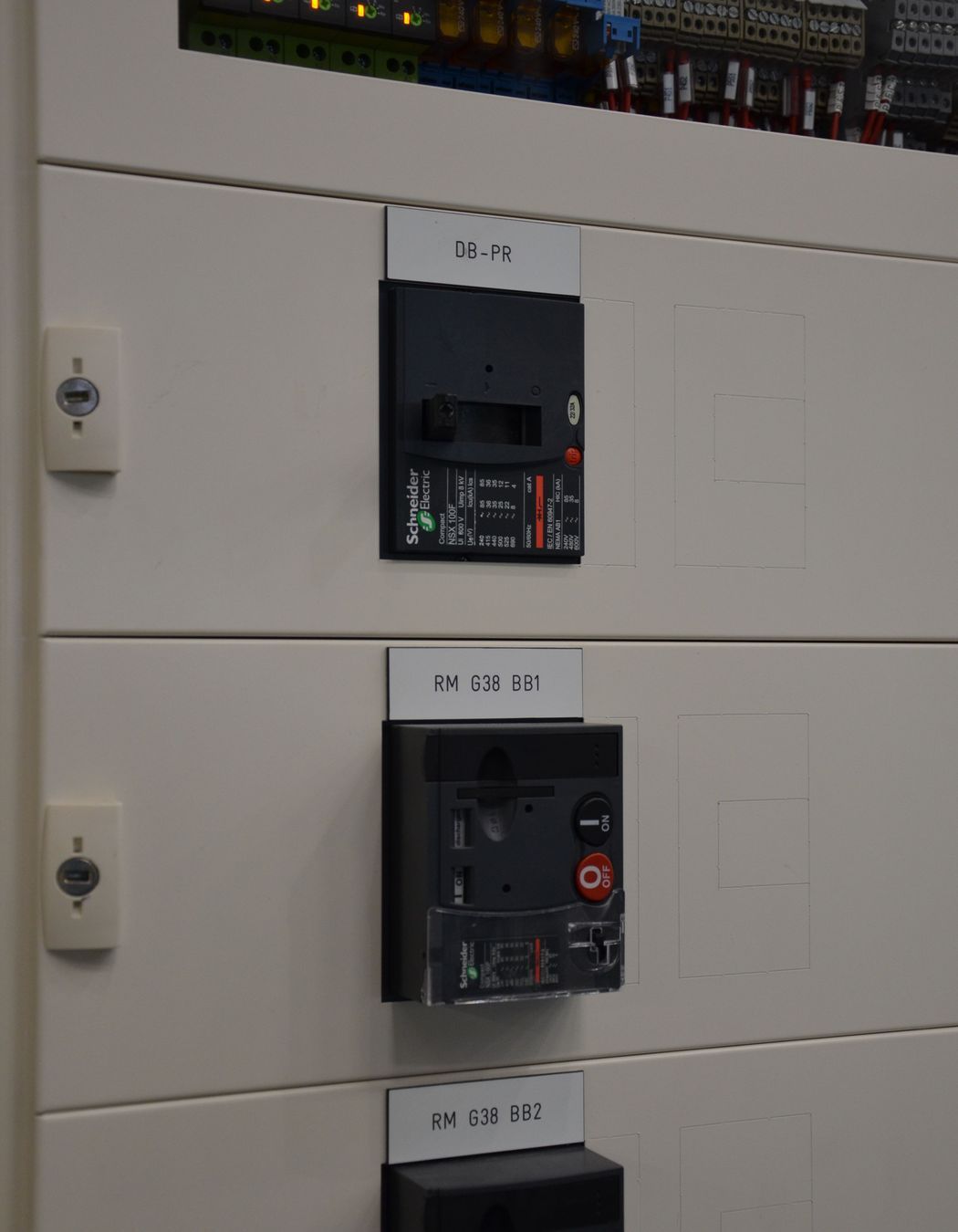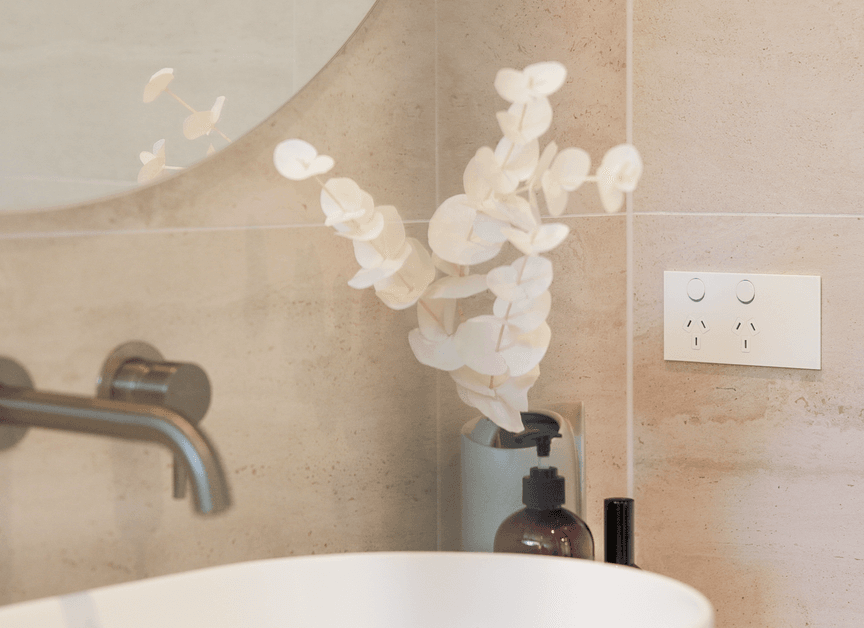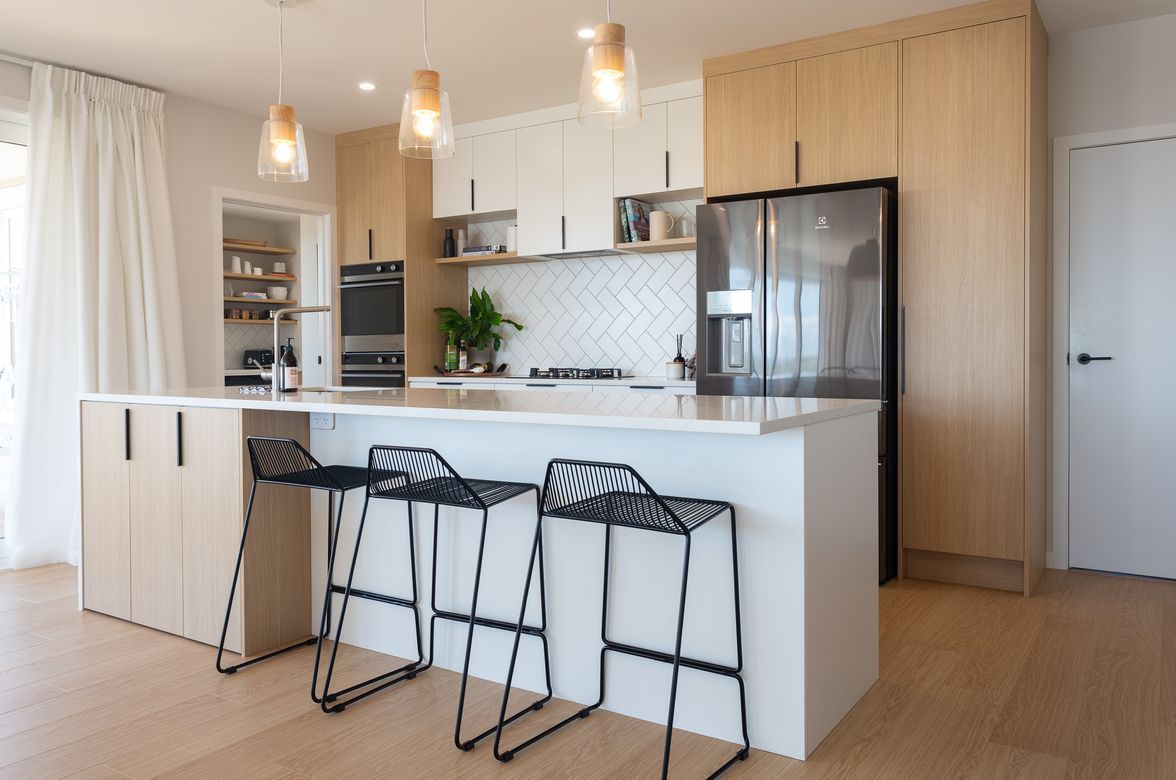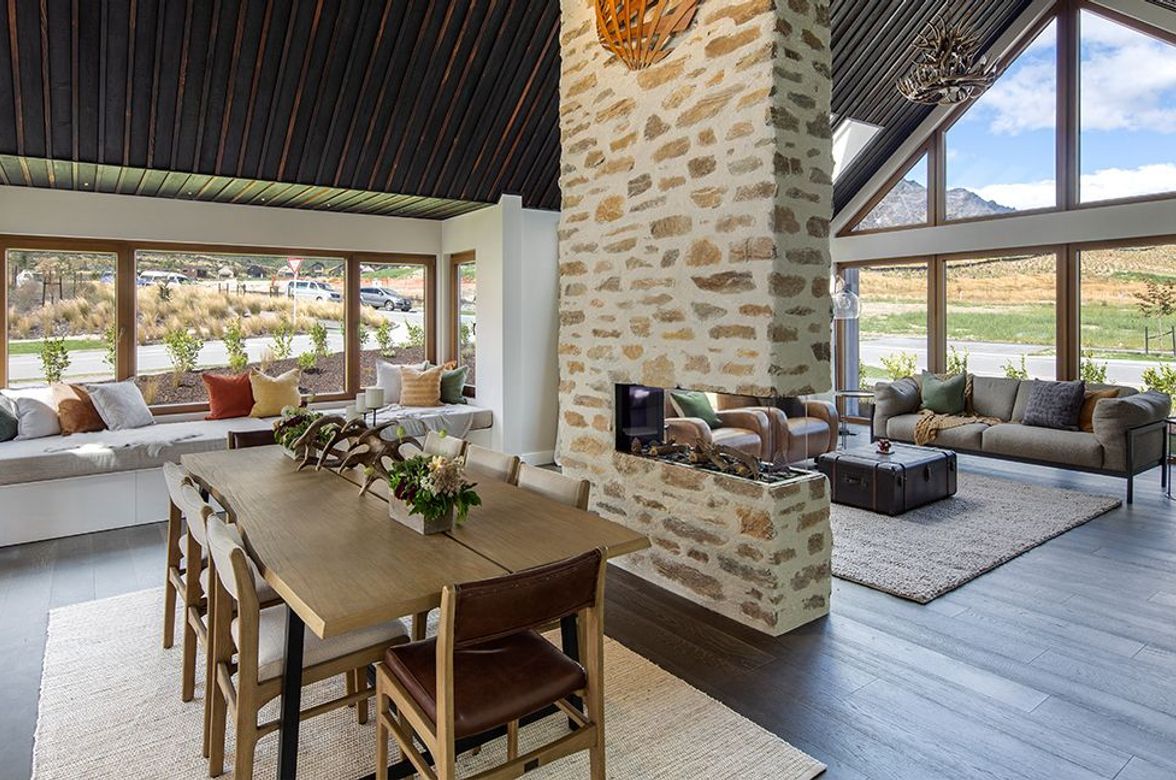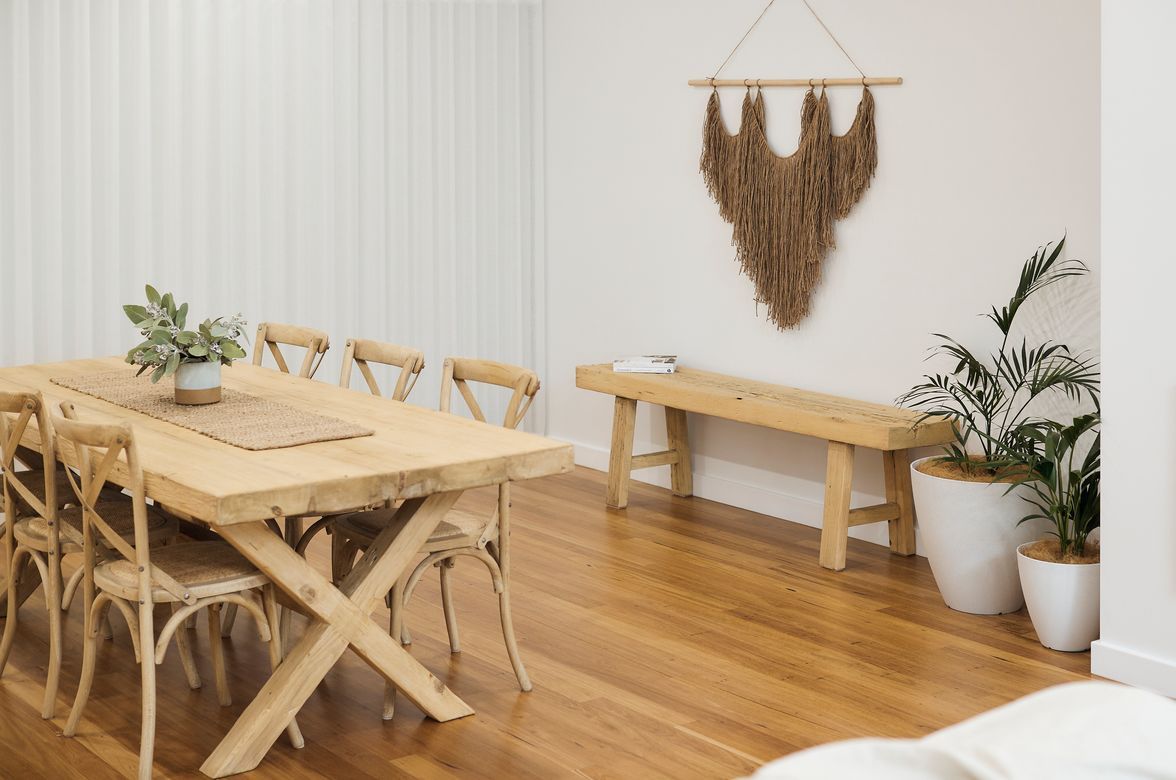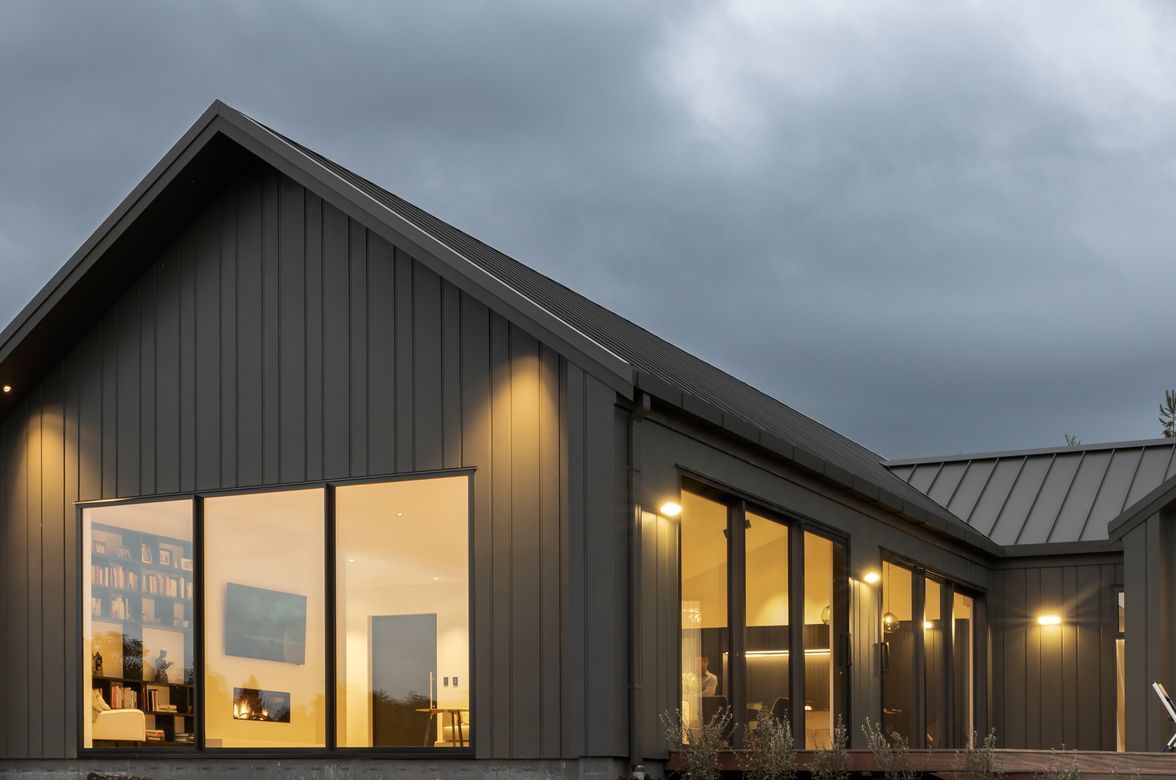The new Engineering & Trades facility of Wintec’s Rotokauri campus is an elegant, futuristic building designed for maximum teaching versatility. Even the building itself is a teaching resource. Schneider Electric was tasked with creating an electrical infrastructure to complement the architectural vision.
Designed by Cambridge-based building service consulting firm Innerscape, the new facility is distinctive not only for its style and the masses of natural light flooding into its interior but also because all its “services” are plainly visible.
Heating and air-conditioning systems are exposed, suspended from the ceiling, as are the racks carrying electrical cables and conduits. Even the main switchboard is plainly visible – a major feature of the building’s central thoroughfare.
And where conventional teaching facilities have classrooms with desks and blackboards, here the teaching areas are large, open-plan areas dominated by large screens. Students sit in pods with laptops, following tutors who present lessons on the screens.
The tuition, says Graeme Ward – Wintec’s Director of Infrastructure and Assets – remains trade-oriented, but the way the students are taught has shifted fundamentally.
“We’ve moved on from the traditional scenario where lecturers stand before classrooms of students. We want students to be guided to research and discover the knowledge themselves and then practically apply that to the topics they’re investigating. The building’s design reflects that philosophy.
“Being able to see electrical technology in a working installation makes a huge impact – especially if a concept is fresh in the student’s mind. The building’s open-plan design with its services exposed is an excellent teaching tool. After researching switchboards, for example, students can walk a few metres and examine the real thing with all its components – neatly displayed behind glass panels.”
Wards says the ability to see technological solutions operating in real installations was a key motivation in the decision to work with Schneider Electric.
“During our design phase, we visited Schneider Electric’s Highbrook office in Auckland where a wide range of fully-functioning technologies are displayed, controlling the actual building. In particular, the display in the front foyer offers fascinating details about the building’s performance. It’s all very visible and easy to see what can be achieved in terms of operating efficiency and sustainability.
“It prompted our thinking in terms of how our new Wintec facility could be used to help electrical trade and engineering students understand the way buildings work. Being able to view functioning technology rather than static pieces of equipment is very useful.”
"Another key factor our design considerations and the decision to adopt Schneider Electric’s solution," he adds, "was the flexibility of the technology."
“We wanted to be able to reconfigure the building from time to time. Courses and their content – as well as student numbers – change and evolve and we wanted to be able to adapt the teaching environment accordingly. This typically involves reconfiguring lecture rooms and practical working areas.”
Electrical Design
Innerscape consultant Ken McKenzie says Schneider Electric’s extensive range of equipment streamlined the project.
“Not only were we able to source the vast majority of the components from a single provider, we also received invaluable advice about the most appropriate technology for Wintec’s needs. The products ranged from light switches and power points through to bus ducting and switchboard components.”
The design flexibility of much of the technology, he adds, was particularly useful to meet Wintec’s desire to be able to modify the building’s different spaces quickly and easily in response to changing needs. The ability, for example, to adjust the lighting and re-locate power points without having to take the building apart.
Schneider Electric’s met this need with its Canalis bus ducting system, distributing the electrical services to the open plan work/ training areas. Hamilton’s Elektron Group did the installation and director Keith O’ Sullivan says Canalis was ideal for the flexible design requirement.
“It’s a cost-efficient, 250-amp bus bar system. Where we’d have to run multiple cables around a building for a traditional installation, Canalis is a single bus bar. It comprises sections that clip together. It’s much quicker and easier to install – particularly for distributing power to different floors.”
The C-Bus lighting system, with its configurable switching operation, has been used throughout the building.
To function as a teaching resource, the building’s Prisma Main switchboard has been located in the main thoroughfare rather than – as is more typical – somewhere in a back room. Its inner layout is clearly visible behind glass panels.
Trainee electricians are able to view the NSX moulded case circuit breakers and see how these are used for energy monitoring – a useful teaching aid in the theory of energy management. Students can also identify technology such as power factor capacitors mounted in the switchboard.
More Schneider Electric technology can be found in Wintec’s purpose-designed automation laboratories, where students fine-tune their programming skills on a range of the company’s PLCs and VSDs. The workshop areas are also equipped with the 56-series range of switchgear, ideal for demonstrating conduit installation methods.



